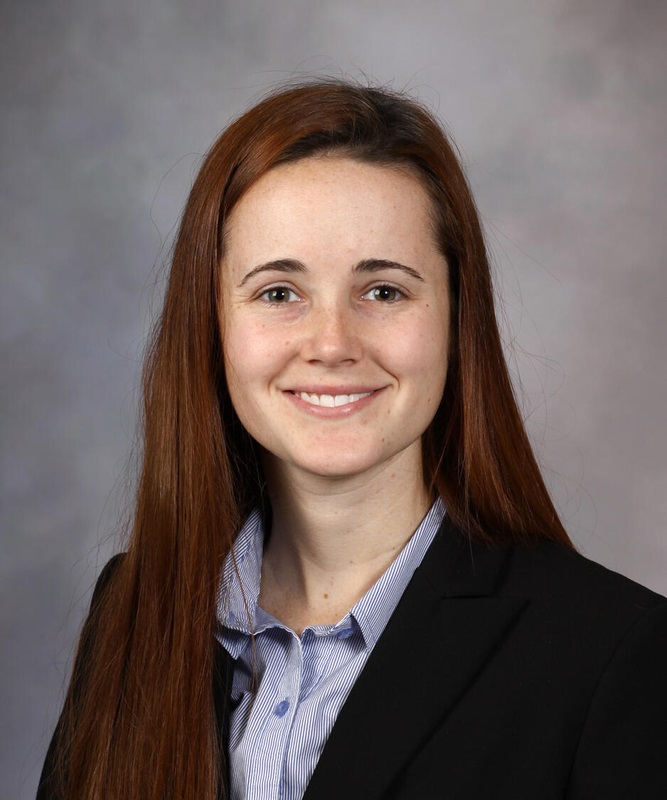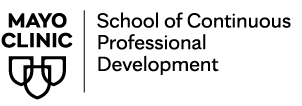Introduction to Neurologic Splinting Online CME Course

Course Directors: Victoria (Tori) Daugherty, MS, OTR/L and Brad King, PT, DScPT, MSEd
This course is for Mayo Clinic learners only
Splinting is a critical intervention to optimize upper extremity function for people after a variety of neurological events. In patients with hypertonicity, splinting provides prolonged stretch to reduce risk of tendon/muscle shortening and to inhibit tonal influences. For patients with cervical level spinal cord injury, splint positioning may impact tenodesis grasp patterns. This four-part series addresses upper extremity anatomy, assessment of neurological deficits, and splinting techniques of the upper extremity for patients with acquired brain injury, traumatic brain injury and spinal cord injury. The course covers splint fabrication; includes material selection, strapping materials and use of pre-made and custom fabricated splints. Learn splint maintenance, wear schedules, and self-application techniques, along with documentation and billing requirements for upper extremity orthotics. Case studies are utilized throughout the course to guide learners to identify appropriate candidates for static and dynamic splinting to normalize tone, improve function, and maximize patient outcomes in motor relearning.
Available until June 20, 2025 - Online CME Course
Target Audience
The intended audience for this intermediate level course includes occupational therapists, occupational therapy assistants, physical therapists, physical therapist assistants and therapy students.
Learning Objectives
Upon conclusion of this program, participants should be able to:
- Determine options for splint recommendations based on assessment of range of motion, spasticity, and tendon/muscle shortening in patients with neurological deficits.
- Describe options for splint cleaning and maintenance.
- Relate options for splint wear schedule.
- Recognize factors that contribute to recommendations for a custom or prefabricated splint.
- Select splinting materials based on clinical need.
Utilization of this Mayo Clinic online (enduring materials) course does not indicate nor guarantee competence or proficiency in the performance of any procedures which may be in this course.
PROGRAM
Part 1: Hand anatomy and assessment of neurologic deficits. (30’)
Part 2: Patient populations appropriate for neurological splinting. (45’)
Part 3: Functional splinting for patients with neurologic injury. (45’)
Part 4: Splint care, wearing schedules, and documentation and billing for UE orthotics. (30’)
A short, 10-item posttest follows the conclusion of part 4. Learners must score 80% or greater on the posttest to successfully complete the course and claim credit. Learners are allowed two attempts on the posttest.

Tori Daugherty, MS, OTR/L
Victoria (Tori) Daugherty, MS, OTR/L, graduated from the University of Southern Indiana in 2014. She has worked in a variety of hospital-based and community-based settings, developing a strong interest in treating patients following traumatic and acquired brain injuries. Tori enjoys working with her team to explore programmatic and educational opportunities to support high standard patientcare. Tori currently works at Mayo Clinic Hospital, St Marys campus, in Rochester, MN on the inpatient rehabilitation unit. She is an experienced therapist in splinting for neurologic injuries. She has presented at local, state, and national conferences.
Physical Therapy Credit: Sponsored by the Program in Physical Therapy, College of Medicine, Mayo Clinic. This course meets the criteria for 2.5 Category I Continuing Education Units per Minnesota Physical Therapy Rules 5601.2400, 5601.2500.
Occupational Therapy Credit: Mayo Clinic - Rochester Campus is an approved provider of continuing education by the American Occupational Therapy Association #5660. PD activity approval number 03874. This distance learning – independent course is offered at 0.25 CEUs, and 2.5 contact hours, educational level, intermediate. Assignment of AOTA CEUs does not imply endorsement of specific course content, products or clinical procedures by AOTA. At the conclusion of this course and following a posttest (must score 80% or greater), participants will be awarded a certificate for 2.5 contact hours or 0.25 AOTA CEUs.

Other Healthcare Professionals: A record of attendance will be provided to all registrants for requesting credits in accordance with state nursing boards, specialty societies or other professional associations.
For disclosure information regarding Mayo Clinic School of Continuous Professional Development accreditation review committee member(s) and staff, please go here to review disclosures.
Available Credit
- 2.50 Attendance
- 2.50 AOTA Contact Hours
- 2.50 PT
This course is for Mayo Clinic learners only
Access to online streaming course is available from the date of purchase until the course expires on June 20, 2025. Credit must be claimed within that time period.
Cancellation and Refund Policy
View Cancellation and Refund Policy
All requests must be submitted in writing using the Contact Us Form.
Any use of this site constitutes your agreement to the Terms and Conditions of Registration.

 Facebook
Facebook Twitter
Twitter LinkedIn
LinkedIn Forward
Forward